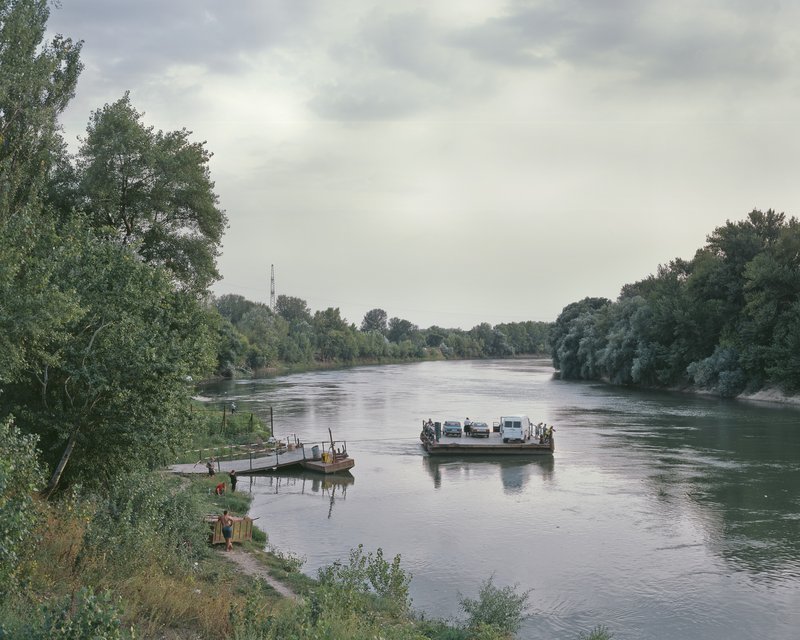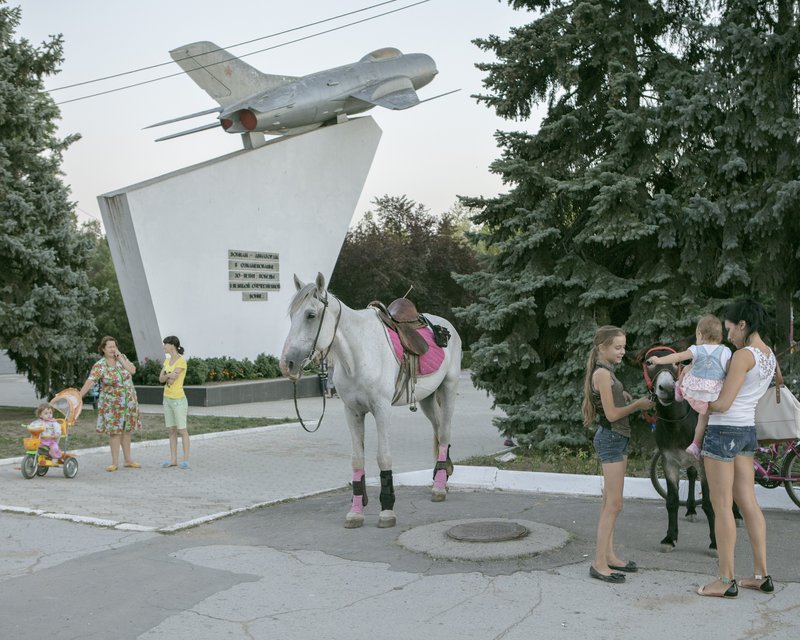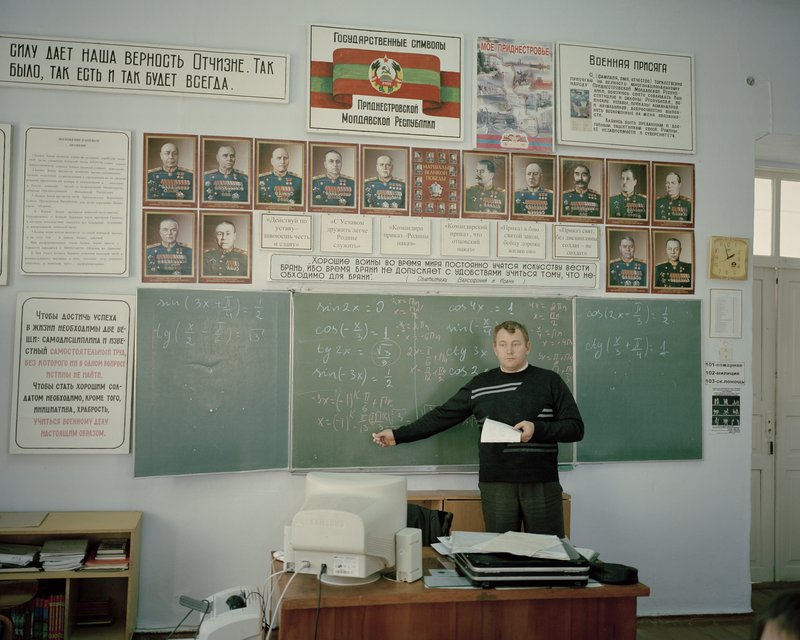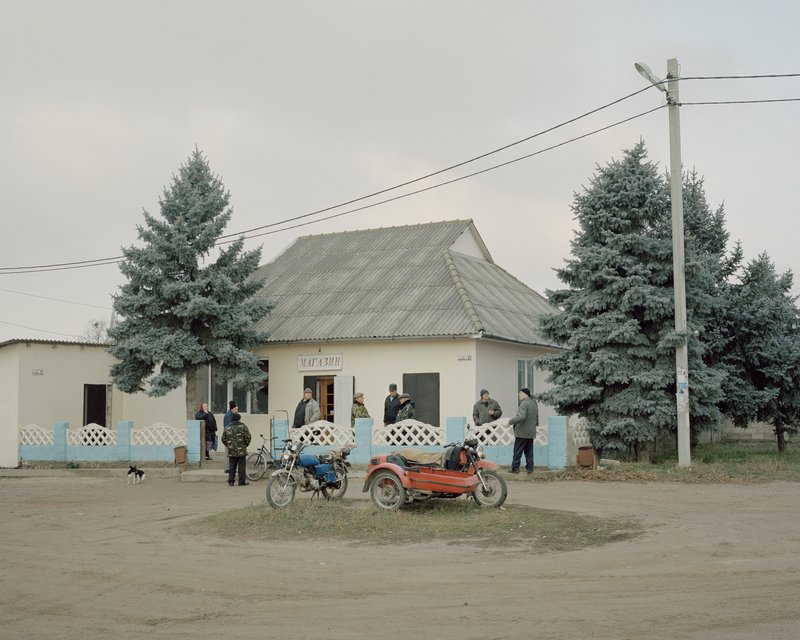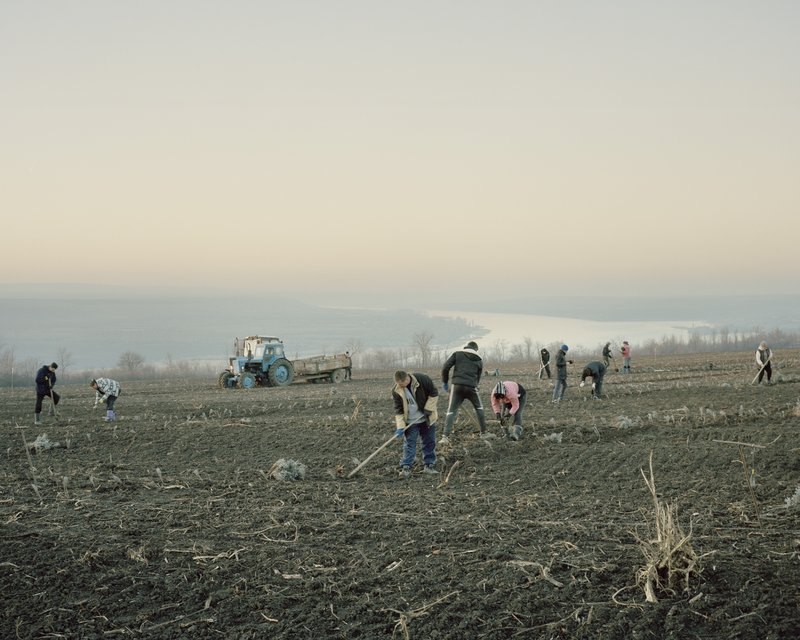CPOY 71 Documentary Gold: Transnistria
Located in eastern Moldova along the border with Ukraine lies Transnistria. A narrow strip of land, at times only several kilometres wide. Legally, Transnistria is part of the Republic of Moldova. Although Transnistria is not acknowledged as a sovereign state by any other nation, it has its own government, currency, administration and military. Its coat of arms still boasts the hammer and sickle. When the Soviet Union collapsed the Moldovan government in Chisinau established Moldovan as the country’s only official language. The largely Russian-speaking population east of the River Dniester feared the loss of their rights. They created a de facto Transnistrian regime. Finally, they declared themselves independent from the Republic of Moldova and established the Dniester River as their territorial border. In 1992, the conflict surrounding Transnistria escalated. Moldovan troops attempted to bring the separatist region under Moldovan control. It wasn’t until Russian forces intervened that a ceasefire could be negotiated. Since that time, the conflict has been halted, but not resolved. To this day, around 1.400 Russian soldiers remain stationed in Transnistria. After the annexation of Crimea by Russia, the Transnistrian Parliament addressed Moscow once again in pursuit of Russian incorporation. During a referendum in 2006, 97.1% of Transnistrians were in support of joining the Russian Federation. For the time being, the status quo of the small republic remains unchanged and the application for admission into the Federation is as yet unanswered.



